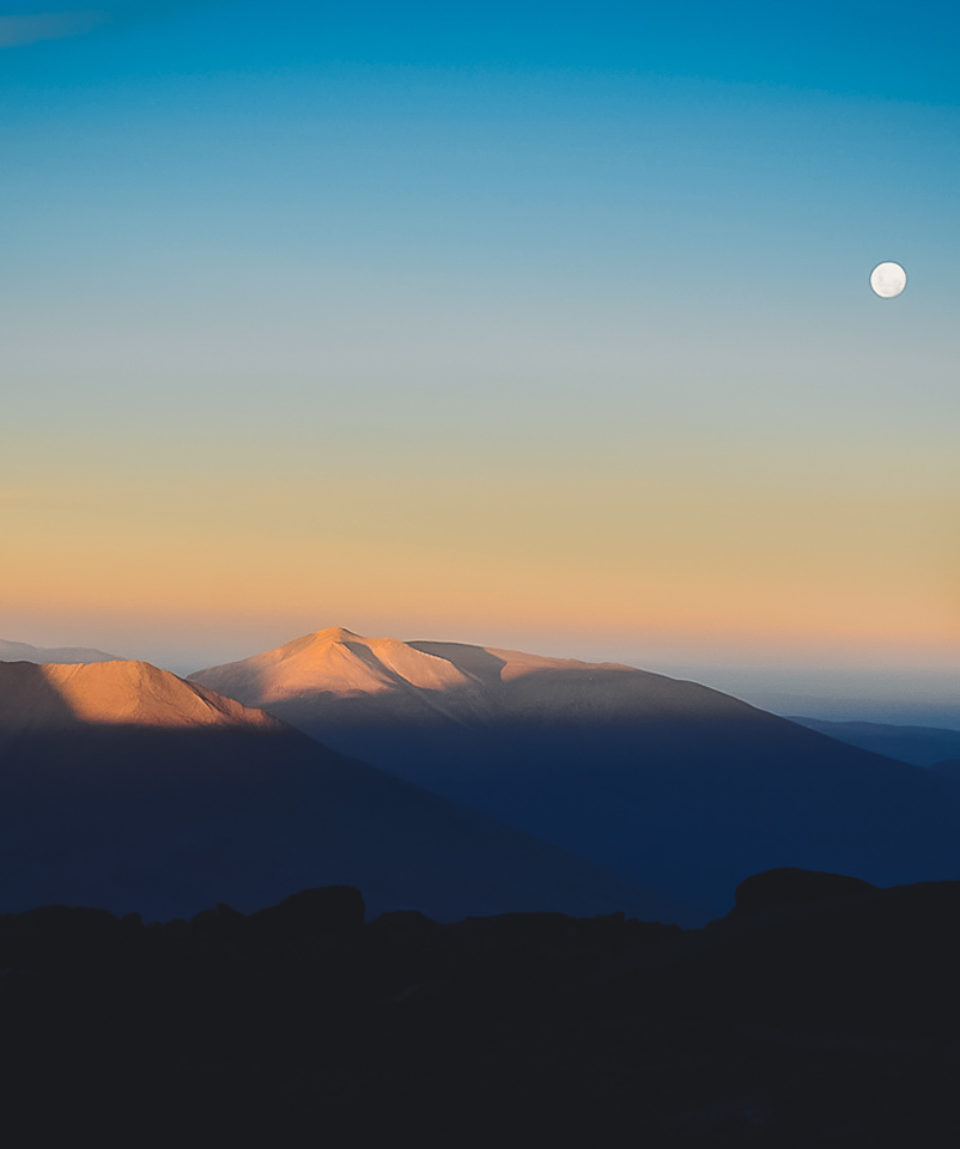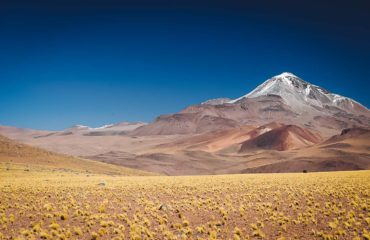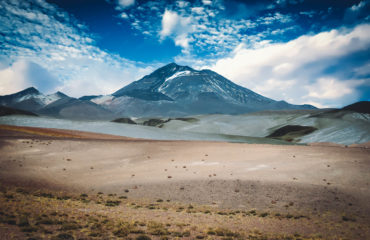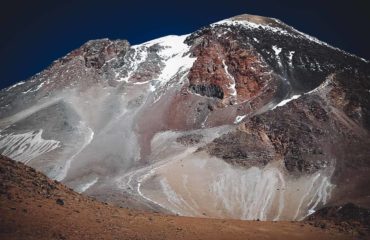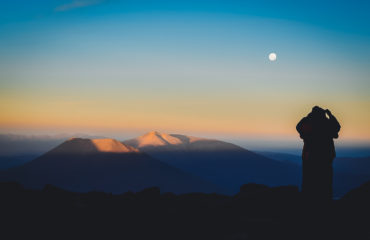Climb of Llullaillaco 6739m & discovery of Argentine Northwest
from“Noroeste Andino” a.k.a Argentine Northwest is located on the borders of Bolivia and Chile. This region is one of the most iconic regions of Argentina and has a pre-Columbian and colonial past. Due to its rich history, many different ancient walls and dwellings have been discovered in this region. Argentine Northwest mountain is also the highest archaeological ruins in the world. The discovery of three mummified children in 1999 sparked a global interest in this region. Lllullaillacao volcano is one of the country’s landmarks and is also the second-highest active volcano on the planet. If you want to have a true trekking experience in Argentina, then the Llullaillaco climb is a must to have.
- Reviews 0 Reviews0/5
- Style Type
- Argentina
- Expedition
- Mountainous
- Peak
- Secret Planet
-
- Level Tough
- Group Size Large Group
“Noroeste Andino” a.k.a Argentine Northwest is located on the borders of Bolivia and Chile. This region is one of the most iconic regions of Argentina and has a pre-Columbian and colonial past. Due to its rich history, many different ancient walls and dwellings have been discovered in this region. Argentine Northwest mountain is also the highest archaeological ruins in the world. The discovery of three mummified children in 1999 sparked a global interest in this region. Lllullaillacao volcano is one of the country’s landmarks and is also the second-highest active volcano on the planet. If you want to have a true trekking experience in Argentina, then the Llullaillaco climb is a must to have.
Highlights of this adventure:
- A challenging yet adventurous trip of the Argentine Northwest: Humahuaca, the Altiplano, and Cafayate
- A proven climbing strategy by trained professionals
- A mythical summit and trekking experience to very high altitudes
- Argentina travel adviceby GOV.UK on 01/10/2024 at 2:01 pm
Updated information on street crime and new information on surrogacy and wildfires ('Safety and security' page).
- Day 1 EUROPE - BUENOS AIRES
- Day 2 BUENOS AIRES - SALTA
- Day 3 SALTA - QUEBRADA HUMAHUACA - TILCARA
- Day 4 QUEBRADA HUMAHUACA - SAN ANTONIO DE LOS COBRES
- Day 5 SAN ANTONIO DE LOS COBRES - TUZZGLE BASE CAMP
- Day 6 ASCENSION OF THE TUZZGLE VOLCANO 5 530 M - SAN ANTONIO DE LAS COBRES
- Day 7 SAN ANTONIO DE LOS COBRES - TOLAR GRAND
- Day 8 TOLAR GRANDE - BASEL CAMP OF LLULLAILLACO
- Day 9 LLULLAILLACO BASE CAMP - ALTITUDE CAMP
- Day 10 BASE CAMP REST DAY
- Day 11 LLULLAILLACO BASE CAMP - ALTITUDE CAMP
- Day 12 ASCENSION OF LLULLAILLACO 6 739 M - BACK TO ALTITUDE CAMP
- Day 13 ALTITUDE CAMP - BASE CAMP - TOLAR GRANDE
- Day 14 SECURITY DAY
- Day 15 TOLAR GRANDE - SALAR OF ARIZARO - CONO OF ARITRA - ANTOFALLA
- Day 16 ANTOFALLA - CAMPO OF PIEDRA POMEZ - EL PEÑON
- Day 17 EL PEÑON - RUINS OF QUILMEZ - CAFAYATE
- Day 18 CAFAYATE - QUEBRADA OF LOS CONCHAS - SALTA
- Day 19 FLIGHT SALTA - BUENOS AIRES
- Day 20 BUENOS AIRES - EUROPE
- Day 21 ARRIVAL IN EUROPE
ACCOMMODATION
In a good standard hotel (basic: double room) in Buenos Aires and Salta, in hostel or tent during the rest of the trip.
MEALS
In the different small (or large) restaurants, we will discover the local cuisine.
Water: plan pellets (Micropur type or others) to disinfect the water you put in your bottle, depending on the source and on the advice of your guide. You can also buy mineral water on site (not included in the price) but its ecological impact is mediocre. Therefore, we do not recommend it.
This trip is quite tough and requires prior training and good physical ability. The cumulative daily elevation gain can reach 1,000 meters. We operate in isolated environments where the security of the group depends on the endurance of each participant. Team spirit is essential in such trips.
No visa for French, Belgian or Swiss nationals, for a stay of less than three months. For other nationalities, inquire at the consulate or embassy. Passport requirement valid and valid for 6 months after the date of return. However, a visa will be required if your flight stops in the USA (see ESTA simplified online procedure). These formalities may change and we thank you for checking the conditions of entry with the consular authorities of the country visited. Each traveller is responsible for compliance with these formalities. With regard to security, we analyze situations on a case-by-case basis and stick to the reality of the terrain we are familiar with and its evolution. With our long-standing local roots, We rely on responsible and competent local teams and offer our programs with confidence. We explain our choices in complete transparency.
CLOTHES
The technique is immutable! You need several layers to add or remove depending on the temperature and your activity. You’ll be able to wash some quick-drying things on the way, including underwear and socks. For T-shirts, underwear and socks, plan to change 2-3 times a week if you do not wash anything on the way. In countries with insects, prefer dark coloured clothes (but neither black nor dark blue).
– Gore-Tex® waterproof and breathable jacket and pants
– Poncho or rain cape
– Pants and fleece jacket
– First layer technical clothing, top and bottom.
– Lightweight pants in canvas
– Fine gloves in synthetic fibre.
– Wool or polar mittens lose (to accept small gloves)
– Over-mittens protection.
– Hat, cap or headband to protect from the sun
– Mountain pass or balaclava (cold + wind). Facial mask.
– Buff or scarf (neck)
– Down jacket
SHOES
– A pair of walking shoes, which you are used to (avoid blisters) for hiking trails.
– Warm shoes with hull for altitude.
– Leggings.
– Fine technical socks and warm woollen socks.
– A pair of lighter walking shoes that will be useful for flights, transfers, site visits and evenings.
Your personal medication for the duration of the trip. Above all, if you follow a specific treatment, you must imperatively take your prescriptions that you must always keep on you in case of control, for example when boarding the aircraft
– For the altitude: Diamox® (diuretic) for the treatment of cerebral edemas and Celestene® (corticosteroid), Adalate or Sildenafile (Viagra®) for the treatment of pulmonary edema. Aspirine®, for mild headaches.
– Anti-Pain, Fever: Ibuprofen
– Antibiotics: Pristinamycin (Pyostacine® 500 mg) (2 boxes for 1 treatment of 8 days), Amoxicillin + – – — Clavulanic acid (Augmentin®) 1g
– Analgesics: Paracetamol 500mg
– Corticosteroids: Solupred 20mg
– Antidiarrheal: Smecta (provide about ten sachets), Intetix (treatment of amoebias), Imodium
– Antivomics, gastric bandages: Volagene®, Phosphalugel® / Ulcar®, Dperidone, prinperan
– Antihistamines (for bites, urticaria …): Zyrtec ®, Clarytine®, Phenergan®, Polaramine®
– Local antiseptics: Betadine, Biseptine
– Ointments: Niflugel®, Voltarene® (Anti-inflammatory), Arnigel (blows, bruises), Sunscreen
Biafine
– Antimycosis powder (feet): Econazole, powder and ointment
– Eye Drops: Antibiotics, Anti-irritation
– Set of adhesive bandages and some compresses
– “Double skin” bandages for ampoules
– Elastic adhesive tape (Elastoplast type)
This is an indicative list only. Make sure to keep all the medication that you take on daily basis.
For your trip, plan 15 to 18 kg maximum, outside of your hand luggage, even if in most flights you will be entitled to 20 kg in the hold and 10 kg in the cabin. There is no point in being too busy and a little space is available to bring back memories. Attention, any extra and overweight bag will be charged directly by the airline during check-in. If you have domestic flights, check that there are no specific baggage restrictions. Finally, note that security checks have become very strict at airports: put the knives, scissors, nail files in your hold bag, the same for bottles and tubes of more than 100 ml.
Please follow the link for the latest health advice




